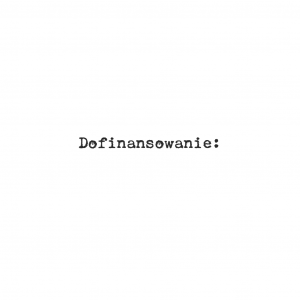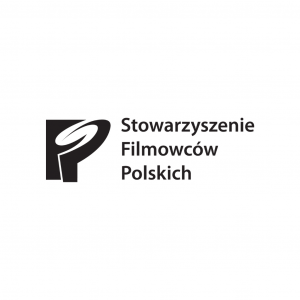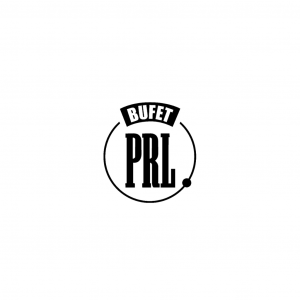The VHS technology revolutionized the film domain by bringing cinematic entertainment from movie theaters to private homes and changing the viewing habits of audiences worldwide. In Poland, its advent coincided with the political and social transition of the late 1980s and early 1990s.
Video culture in Poland began with tapes and video cassette recorders (VCRs) imported from abroad. Only the wealthiest could afford to buy VCRs from the Pewex or Baltona hard-currency stores. Films banned by the state censorship from theatrical circulation were brought in from the West. Often, they were translated by amateurs and voiced in makeshift studios: garages, basements, and other rooms padded with cardboard egg cartons. This is how films such as “Police Academy” (dir. Hugh Wilson, 1984), “Rambo: First Blood Part II” (dir. George P. Cosmatos, 1985), the erotic comedy “Lemon Popsicle” (dir. Boaz Davidson, 1978), and the James Bond franchise made their way to Poland.
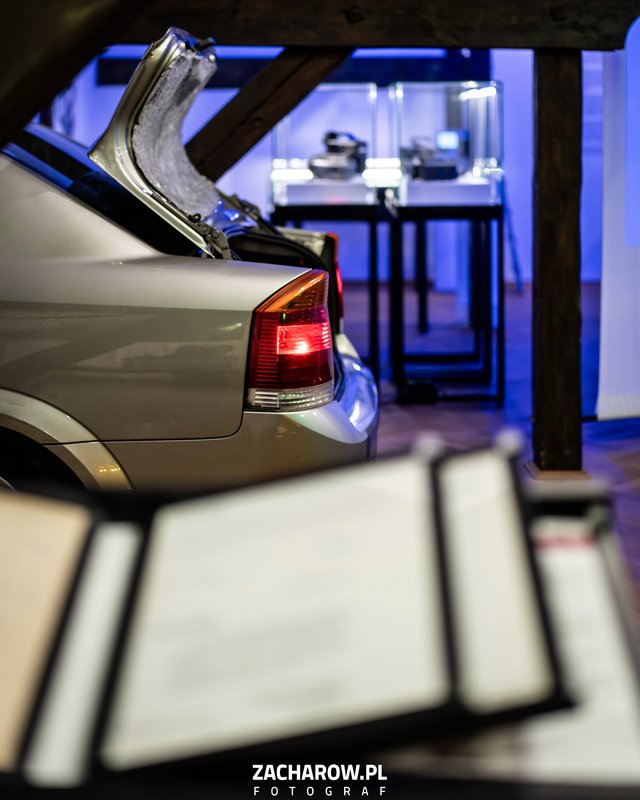
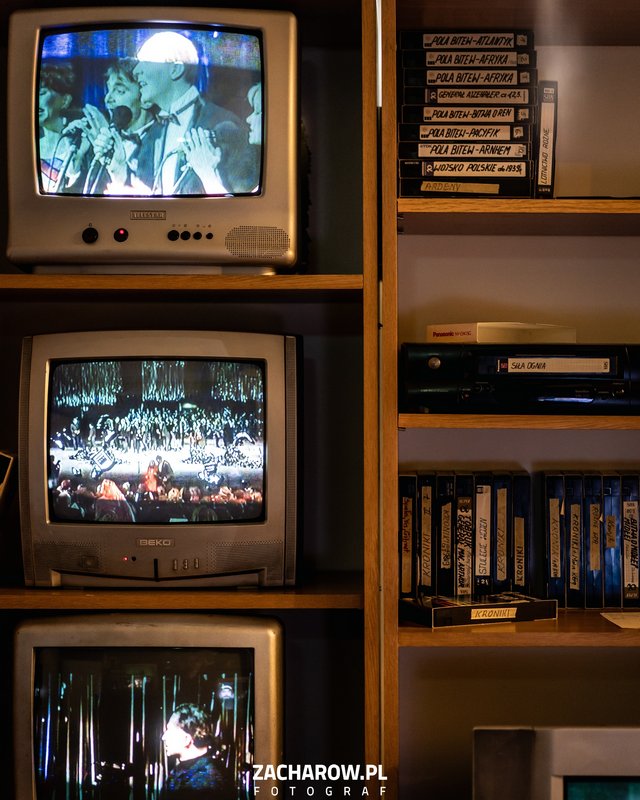
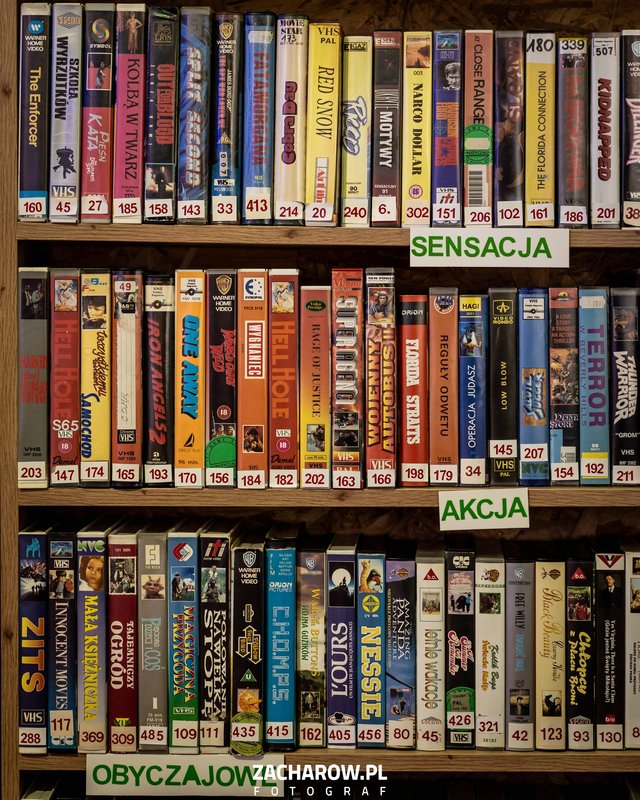
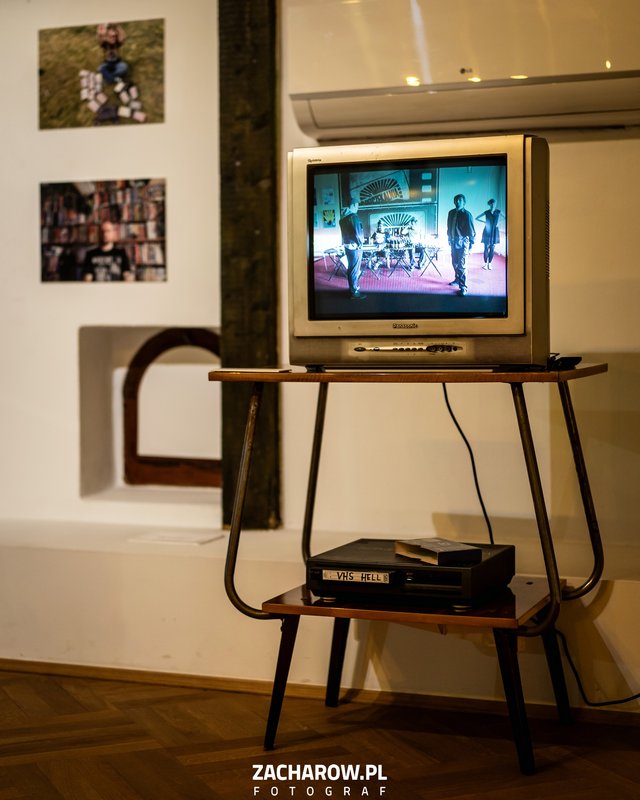
Poles observed viewing habits in other countries and tailored them to suit their own needs and means. Although the VHS (Video Home System) was intended for home use, the low availability of VCRs in Poland led to the emergence of so-called “video cinemas.” Due to the ease of making several copies from one cassette, this medium quickly gained popularity among opposition groups, who used it for distributing Solidarity materials as well as “shelved films,” i.e., those banned by censors and circulated clandestinely. These included “Interrogation” (dir. Ryszard Bugajski, 1982) and “A Lonely Woman” (dir. Agnieszka Holland, 1981).
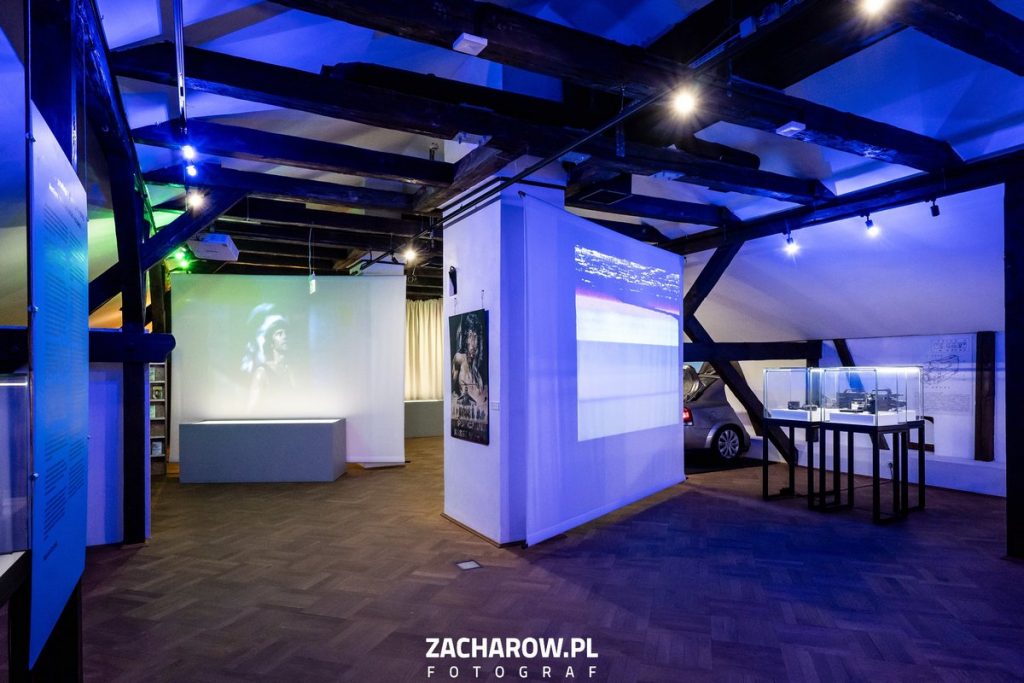
The development of the video market in the early 1990s mirrored the growth of the early capitalism in Poland. Private businesses thrived completely ignoring the issue of copyrights. The abundance evidenced on the shelves of video rental stores contrasted with memories of the empty grocery shelves of the 1980s. At the same time, VCRs became more easily available and less expensive. Poles watched everything on tape: blockbusters, films starring Arnold Schwarzenegger and Sylvester Stallone, fitness courses, and sessions with the hypnotist Anatoly Kashpirovsky. The market was flooded with low-budget Class C films from the United States and Italy. That was the peak of VHS popularity.
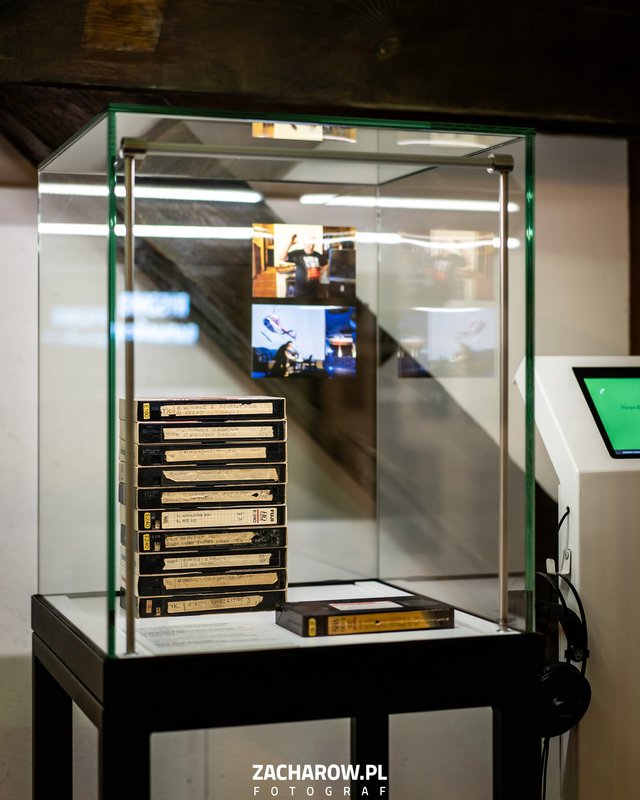
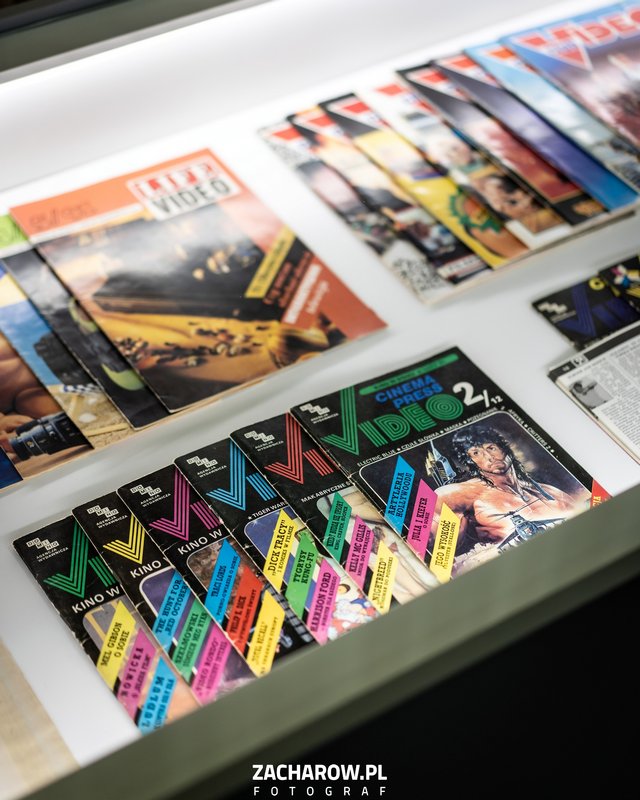
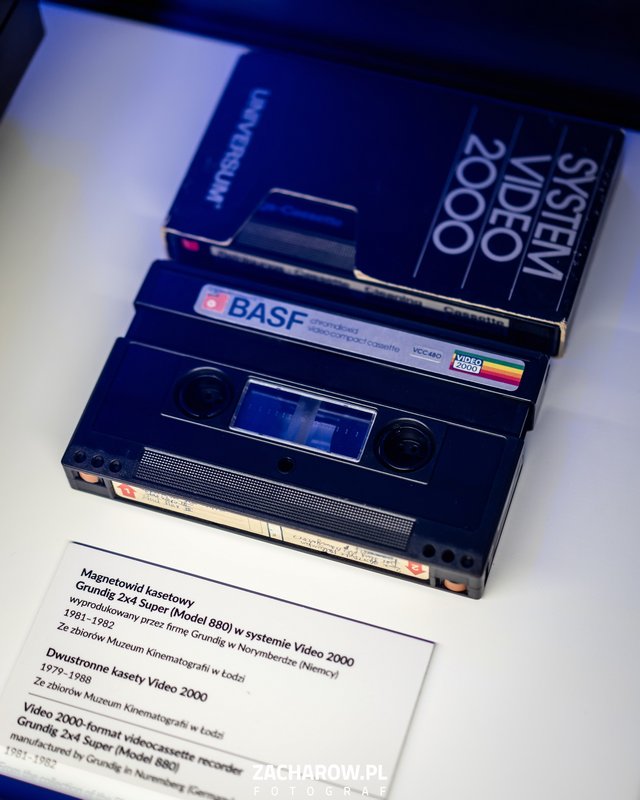
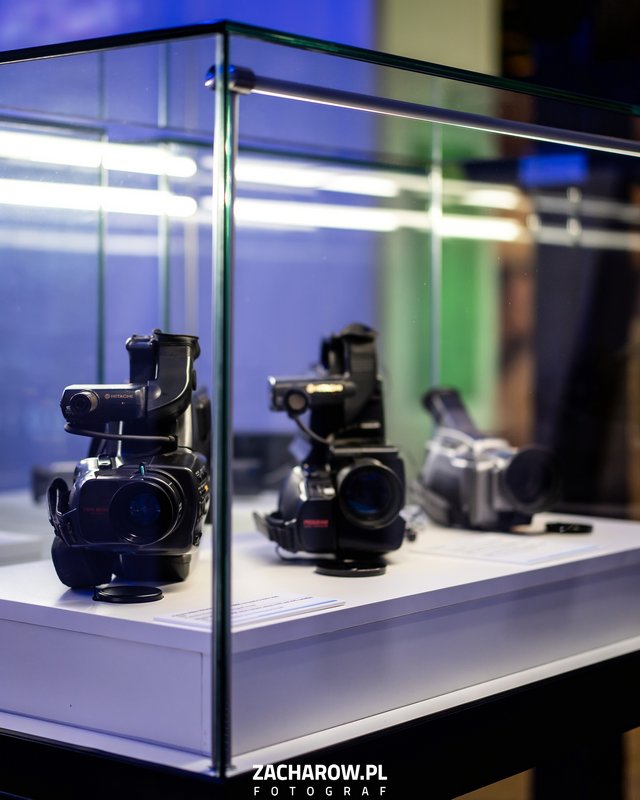

The presented objects and reconstructions reflect video culture from that period. The market stall shows the conditions under which pirated videotapes were sold. The recreated rental store evokes the “temples of videophilia” of the 1990s. Valuable “bootlegged” items made without foreign licenses (such as the board game “Komandosi”) document the great interest of Polish people in international popular culture. Furthermore, video cameras were used to record and preserve scenes from family life. VHS tapes shaped the lifestyle of Poles at the threshold of the new millennium, a lifestyle that irreversibly declined with the popularization of DVDs, and subsequently VOD.
The Film Museum in Łódź has gathered time capsules from that bygone era. They have been gifted or loaned by collectors and researchers as well as museums of technology, enabling the first museum exhibition on video culture in Poland.
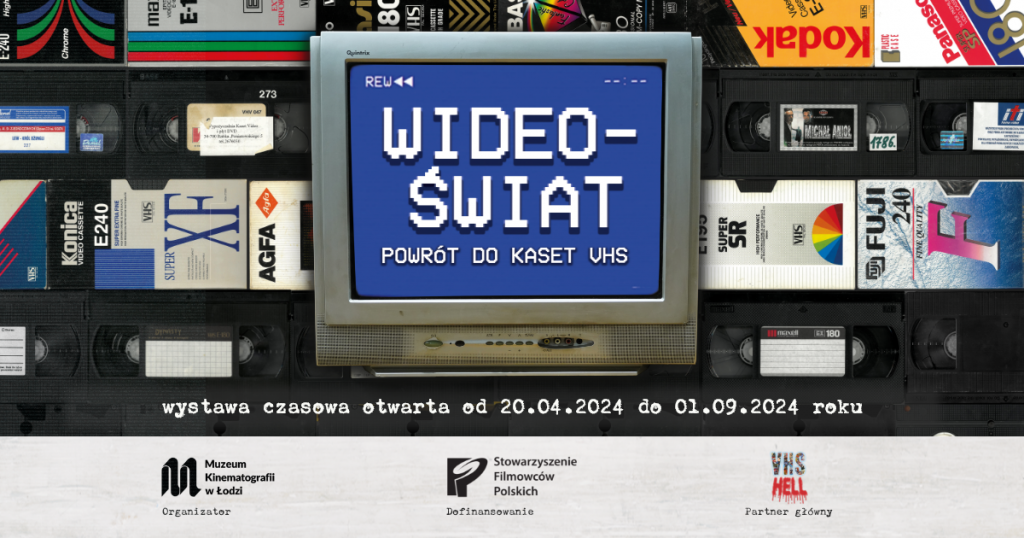
Curator: Kornel Nocoń
Consultation: Grzegorz Fortuna, Krystian Kujda
Key Visual: Maciej Keppe
Audiovisual materials: Wojciech Wojtysiak, Mikołaj Zacharow
Interviews: Anna Michalska, Kornel Nocoń
Translation: James West
Cooperation: prof. Piotr Sitarski, Rafał Andrzejczak, Julia Błażyńska, Olga Drenda, Łukasz Grygiel, Marzanna Gumińska, Mirosław Gumiński, Mariusz Jarząbek, Piotr Kosmala, Filip Pietrzak, Wojciech Przylipiak, Jakub Sas, Sebastian Snurski, Grzegorz Steć


